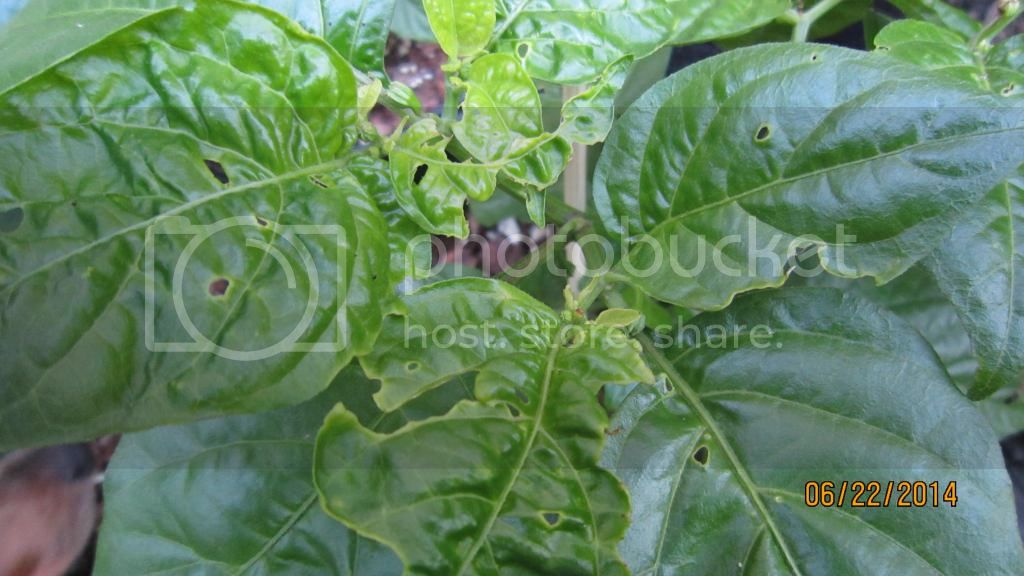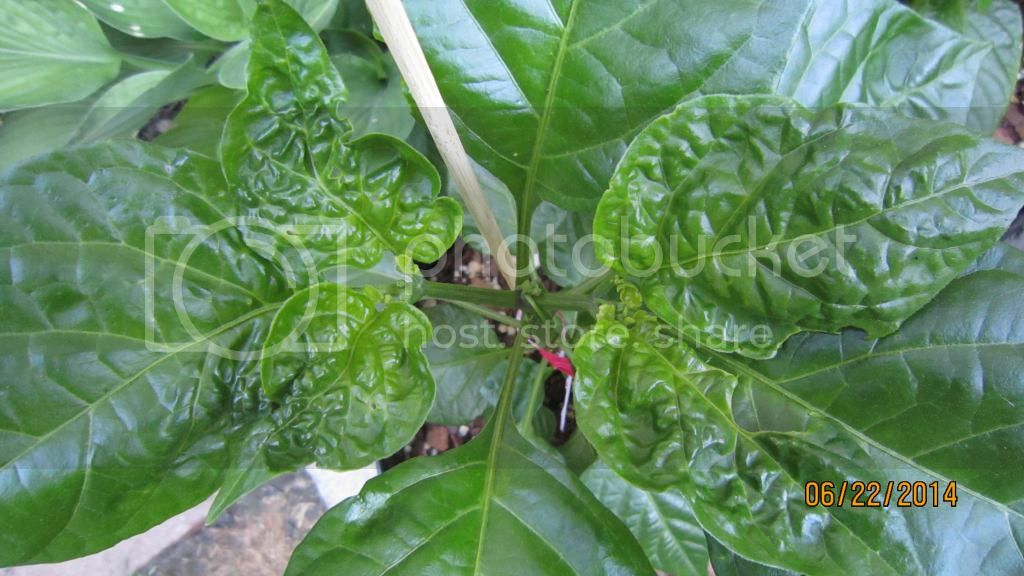Ok, so I'm having a few issues. Done a ton of reading and I think
it's either too much ferts (I have a time-release and have been using a
very low dose liquid with a NPK ratio of 3-1-2); a lack of calcium
(however the time-release has Ca in it); or more insect damage -- namely
mites (I have seen little sand-grain sized buggers on the underside of
leaves, they move quick and seem to be able to jump/spring)... I have
been on the lookout for aphids and have found none and from google
photos it doesn't really look like thrip damage. The eaten leaves are from slugs (now all poisoned and gone) and earwigs (grrr I hate these little f**kers - they go straight for the new growth bits).
Opinions welcome!


it's either too much ferts (I have a time-release and have been using a
very low dose liquid with a NPK ratio of 3-1-2); a lack of calcium
(however the time-release has Ca in it); or more insect damage -- namely
mites (I have seen little sand-grain sized buggers on the underside of
leaves, they move quick and seem to be able to jump/spring)... I have
been on the lookout for aphids and have found none and from google
photos it doesn't really look like thrip damage. The eaten leaves are from slugs (now all poisoned and gone) and earwigs (grrr I hate these little f**kers - they go straight for the new growth bits).
Opinions welcome!


